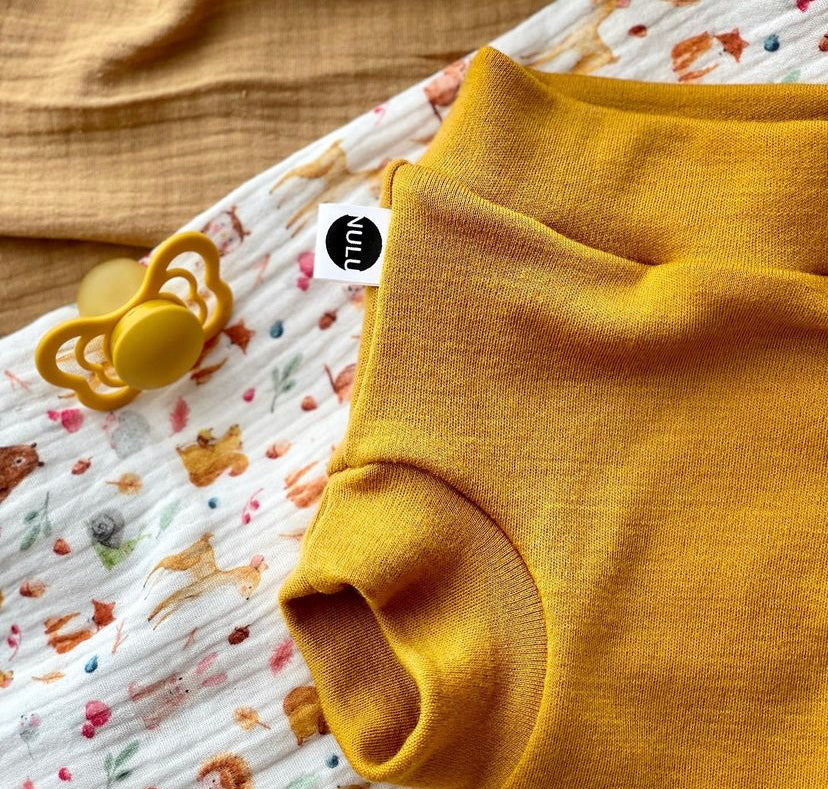Updated Merino Wool Base Layers Website
Wiki Article
Why Is The Yak Merino Wool Base Layers Effective For Winter Sports Clothing In Terms Of Natural Fiber Benefits?
Yak merino base layers are excellent for winter sport clothing because of their excellent performance as well as the fact that they provide natural fiber benefits and sustainability for the environment. Biodegradable and renewable.
Both Merino and Yak are natural fibers that are derived from animals. These renewable resources can be used without causing harm to animals. The fibers are biodegradable and don't cause harm to the environment.
Low Environmental Impact
Natural fibers' production generally have a lower environmental impact than synthetic materials. The process of harvesting and cultivating wool requires less chemical processing and are not dependent on resources that are not renewable compared with synthetic fibers.
Energy Efficiency
The process of processing wool fibers consumes less energy than synthetic fibers produced, such as nylon and polyester. The energy consumption during the process of manufacturing natural wool is generally lower, contributing to reduced carbon emissions.
Minimized Microplastic Pollution
Natural wool fibers are not in charge of microplastic pollution in waterbodies Contrary to synthetic fibers, which shed microplastics when washed.
Durability and Recycling
Yak wool clothes are generally durable and last a long time and can last for a longer time, which extends their life. Wool fibers can also be recycled or repurposed in order to decrease waste.
Sustainable PracticesSustainable Practices
Wool producers and manufactures follow sustainable, ethical practices. They adhere to animal welfare, land management responsible, and fair conditions for the workers involved in the production chain.
Environmental Certification-
Certifications such as the Responsible Wool Standard (RWS) or the Global Organic Textile Standard (GOTS) verify environmentally and ethically mindful practices used in the production of wool, providing consumers with assurance regarding sustainability.
Overall, yak merino wool base layers conform to sustainability in the environmental sense because they are derived from renewable and natural sources, having little environmental impact when they are produced and, often, incorporating ethical and sustainable practices into their supply chain. By choosing natural fibers such as yak merino for winter sports apparel you're supporting environmentally sustainable and sustainable consumption practices. Take a look at the top rated merino wool base layer for website recommendations including wool thermals mens, smartwool thermal underwear, merino wool thermals mens, merino base layer mens, merino wool base layer pant, merino wool base layer mens, wool base layer, ski base layer womens, smartwool merino base layer, wicked wool base layer and more.

What Are The Benefits To Bamboo Clothing With Regard To Thermal Regulation? Uv Protection. Biodegradability. Environmental Impact.
Bamboo clothing has many advantages in terms of thermal regulation and UV protection.
Insulation – Bamboo fabric offers natural thermal regulation capabilities. This provides warmth and comfort during colder conditions while remaining breathable. It regulates your body temperature, holding heat during cooler weather and allowing air to circulate so that you don't overheat.
UV Protection
Bamboo fabric is naturally impervious to harmful UV rays. It can block an important portion of the ultraviolet sunlight's rays, adding another layer of protection against sun exposure.
Biodegradability-
Environmentally Friendly- Bamboo clothing is biodegradable which means it will break into pieces naturally at the end of its lifespan without leaving harmful residues behind or contributing to the pollution of the environment. This helps to reduce the amount of waste produced and the environmental impact from discarded clothing.
Environmental Impact-
Sustainability- Bamboo as a raw material is extremely sustainable. It is a plant that grows rapidly that does not require chemical fertilizers or pesticides. Fast expansion makes it a long-lasting resource.
Bamboo has a low water requirement compared to cotton and other crops. It is therefore more efficient when it comes to water usage. This is essential for conservation efforts, and it reduces the pressure on the water supply.
Soil Conservation
Health of the soil - Bamboo cultivating does not usually reduce soil nutrients or require extensive irrigation. This results in healthier soil conditions.
Carbon Sequestration
Carbon Absorption: Bamboo plants absorb more CO2 while releasing more oxygen than other plants. This property supports efforts to reduce carbon emissions as well as combat climate change.
Bamboo clothing's benefits include thermal regulation, UV protection and biodegradability. It's also an ideal option for those looking for sustainable clothing. These characteristics are compatible with environmental conscious practices and provide benefits for the environment as well as wearers. Take a look at the top rated bamboo clothings info for site info including bamboo sun hoody, angel dear bamboo pajamas, bamboo sun shirt, bamboo cay shirts christmas, bamboo yoga clothing, bamboo pants womens, bamboo button down shirts, bamboo clothing, ladies bamboo pants, bamboo t shirts ladies and more.

How Do Bamboo And Merino Clothing Compare To Wool In Terms Of Texture, Warmth And Moisture Absorption?
The most crucial aspect to take into account when comparing merino clothing with traditional bamboo and wool clothing.
Merino WoolMerino Wool Merino wool is renowned for its softness and fine fibers. It provides a smoother and less scratchy texture compared to traditional wool. It is also considered more comfortable to wear.
Bamboo ClothingBamboo fabric is smooth and silky, often compared to luxurious fabrics like cashmere or silk. Its soft and delicate texture makes it comfortable.
Traditional Wool- The feel can vary. Certain kinds of wool may feel coarser or cause irritation or itching compared with bamboo and merino clothing.
Warmth-
Merino Wool Merino wool is extremely warm because of its insulation properties. It holds heat even when wet, and can be an effective insulation for colder weather.
Bamboo Clothing is also warm however, it is not as insulate as the merino. It regulates body temperature and provides the comfort you need in all conditions.
Traditional Wool- Much like merino sheep's wool wool traditionally provides warmth and insulation. Traditional wool is heavier than merino and bamboo clothing.
Moisture Absorption-
Merino Wool Merino Wool is an organic fiber that has amazing moisture-wicking properties. It pulls moisture away from the skin, and then allows it to evaporate. It remains warm even when damp.
Bamboo Clothing: Bamboo fabric has properties that help to wick moisture away which allow it to remove moisture from your skin and provide comfort when you are exercising. It regulates moisture, keeping wearers dry.
Traditional Wool- Even though wool can absorb water, it doesn't possess the same characteristics of moisture wicking as merino or bamboo fabric. Wool is dry and heavy when wet.
In the end, merino Wool is well-known for its softness, warmth, and effective moisture-wicking properties. Bamboo clothing has a smooth texture and is warm with good moisture regulation. Wool clothing has a variety of textures, and offer the warmth and absorbency of moisture however, it can feel heavier or coarser than bamboo and merino clothing. Each fabric has distinct properties that cater to different preferences and needs in clothing. Have a look at the top our site about bamboo winter clothings for more advice including smartwool 250 women's, merino wool base layer pant, smartwool long sleeve, lightweight merino wool base layer, best merino base layer, best layers for skiing, smartwool thermal underwear, skiing base layers, wicked wool base layer, merino wool base layer women's sale and more.
